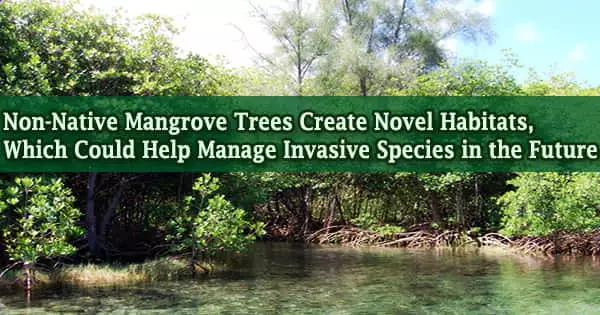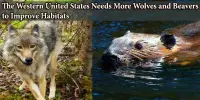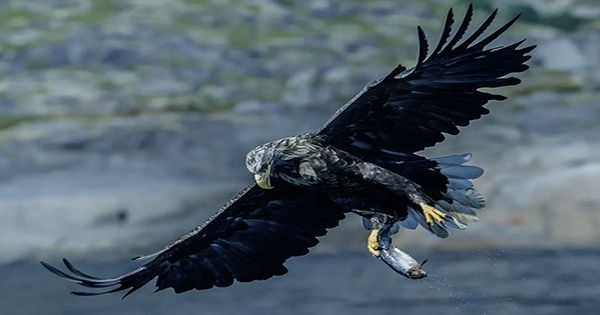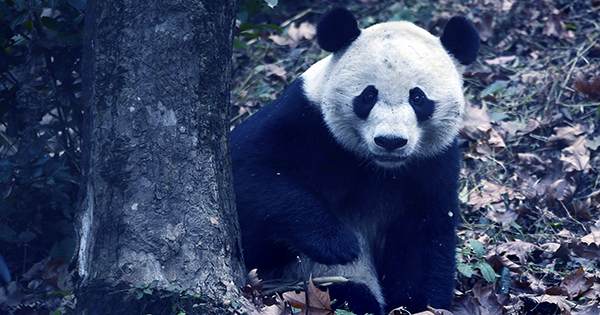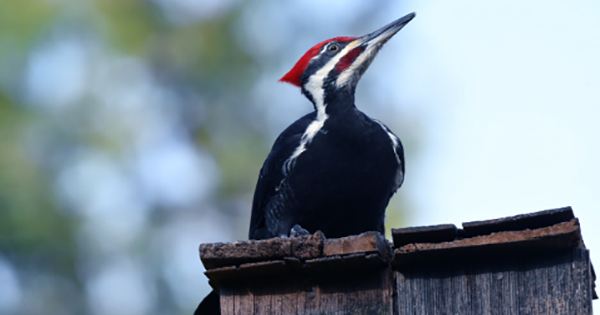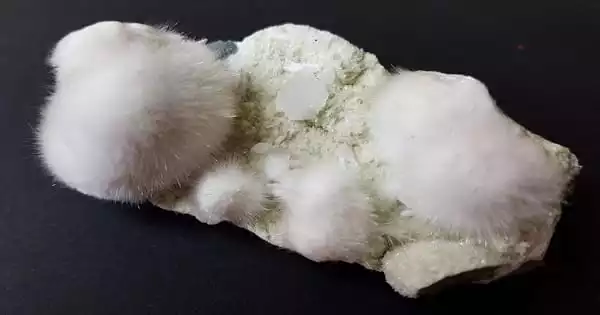Environmental science and management professor Elise Granek and lead author Casey Lewis, a PSU alumna, report the findings of a census of zooplankton communities in non-native mangrove habitats and open coastline on the island of Moloka’i, Hawaii, in a new paper published in the Journal of Applied Ecology.
The variety of zooplankton populations in mangrove stands was found to be equivalent to that of the open shore, according to the study. Furthermore, while certain species were found to be less numerous in mangrove settings, other rare species were exclusively discovered in mangrove ecosystems, according to the study.
Mangroves are salt-tolerant woody plants that grow along tropical and subtropical coasts. In numerous areas, fast-growing non-native mangrove species have been planted as a tool for mangrove restoration and reforestation.
However, the capacity to develop quickly may make newly imported species invasive, since they may be able to supplant co-existing native mangroves by displaying superior growth performance and phenotypic flexibility.

The findings show that non-native mangroves may assist zooplankton, many of which are important species in the ecosystems they inhabit, rather than hindering them. In the face of dwindling fisheries, vulnerable reef ecosystems, and changing climatic and oceanic circumstances, the value of ecosystem services offered by some invasive species, such as mangroves, may exceed their negative consequences, according to the findings.
In a static world, invasive species are bad because they disrupt ecosystems. But we’re living in a world where the environment is changing. The climate is changing. The oceans are changing. That changes the calculus of how bad some invasive species are to the habitats they’ve been introduced into.
Professor Elise Granek
The population growth rate of a species is determined by its abundance, and competitive interactions are the major forces that shape communities. Because of the high environmental heterogeneity, species with great abundance and dispersion (e.g., common native species) may exhibit a lot of intraspecific trait variation. As a result, the decision-making process for controlling particular invasive species should take into account both the costs and benefits to the environment.
“In a static world, invasive species are bad because they disrupt ecosystems,” Granek said. “But we’re living in a world where the environment is changing. The climate is changing. The oceans are changing. That changes the calculus of how bad some invasive species are to the habitats they’ve been introduced into.”
Global climate change (e.g., increased temperature and sea-level rise) also poses a hazard to mangrove ecosystems by introducing novel abiotic elements (e.g., greater salt) and biotic interactions to mangrove ecosystems (e.g., competition with recently arrived species). As a result, the biological effects of global temperature change on mangrove ecosystems are complex.
Granek is a marine scientist who directs Portland State University’s Applied Coastal Ecology lab. Granek’s lab studies how disturbances like invasive species and contaminants impact coastal processes.
Mangroves, which are native to subtropical and tropical climates, were planted to Moloka’i in the early twentieth century to help with soil erosion control. The trees have developed unique ecosystems on areas of the island’s shoreline and have spread to other Hawai’ian Islands in the last 100 years.
Granek’s dissertation research focused on mangrove ecology in the tree’s natural habitat, and he discovered that mangroves maintained diverse zooplankton biodiversity in the tree’s natural environment. Where trees were cut down, zooplankton biodiversity declined.
This recent study questioned whether this would be the case if mangrove communities were introduced by humans. The findings of the current study imply that the formation of new mangrove habitats on Moloka’i is not a problem for local zooplankton groups, but rather may provide an ideal home for numerous rare species.
Invasive species in mangrove forests have been reported to inhibit the establishment and growth of mangroves, change the mix of native vegetation, hinder regeneration, and disrupt ecosystem functioning.
“I hope the study findings inform the conversation and highlight the need to take an unbiased approach when identifying appropriate management strategy for non-native species,” Granek said.
“There is a mindset that all non-native species are harmful. It’s important that we, as scientists, are objective and look closely at what the science says about the costs and benefits provided by non-native species.”
